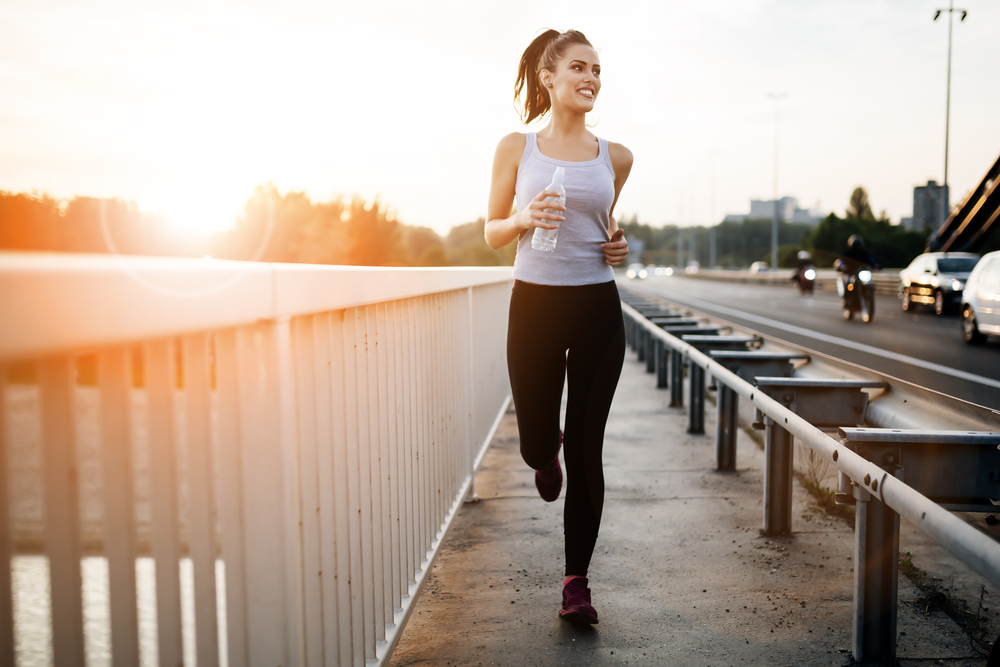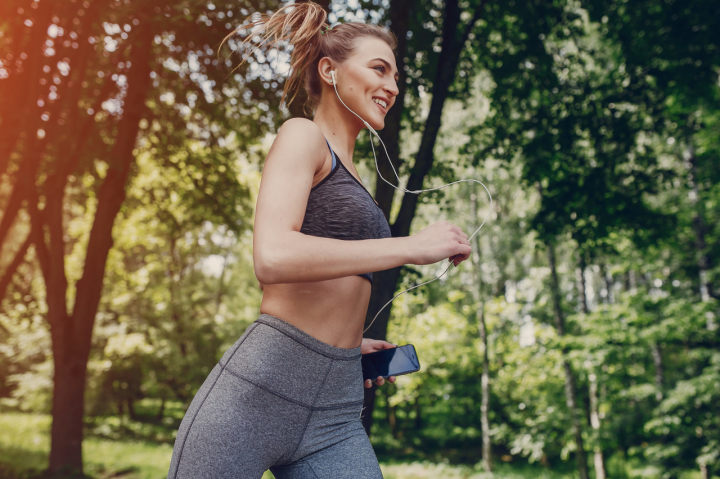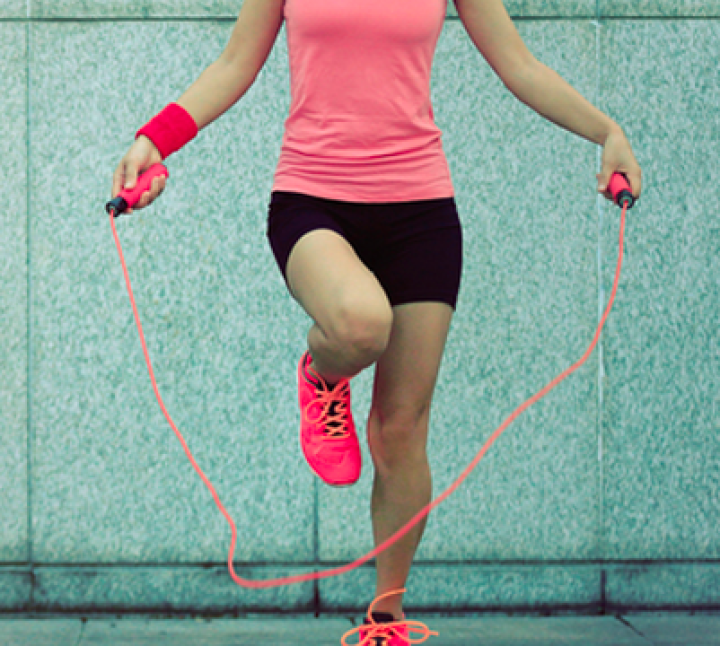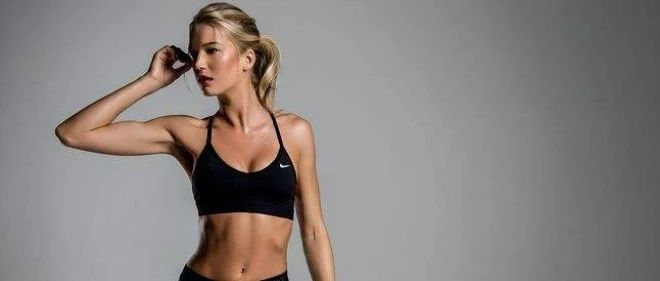 丁香医生审稿专业委员会同行评议通过
丁香医生审稿专业委员会同行评议通过长期不运动,身体会发生什么?
无论养成一个习惯需要几天,丢掉一个习惯,或许只需要一瞬间。
就拿运动这件事儿来说吧:
也许是某一天加班太晚,也许是某一次刚好有饭局,也许就只是因为累了想歇会儿......

图片来源:giphy.com
总之,对不少曾下定决心要运动的人来说,唯一能坚持下去的,恐怕也就只有「坚持不运动了」。
那,如果就这么一直不运动会如何?那些长期不运动的人,后来都怎么样了?
当我们刚刚停止运动:
偷懒,真的很舒服
一时不运动一时爽,是真的。
刚停掉运动的一段时间里,身体的感觉反而更好了,整个人依旧神清气爽。
这不是错觉,之前因为运动而不断经受锤炼的肌肉组织,在此刻得到了休息和放松,有助于它恢复元气。

图片来源:giphy.com
然而,身体可能比我们自己更懂得如何「摸鱼」。
一停止运动,一系列不易从外表察觉的身体变化马上随之而来。
热量需求降低,身体一部分转化能量的「能量站」线粒体,开始关停了。
作为燃料的脂肪,代谢也出现了变化。即便只是两天不运动,体内低密度脂蛋白胆固醇(LDL-C)水平也可能升高 10%,而 LDL-C 含量过高有引发心血管疾病的风险。

研究中不运动组(最上方折线)LDL-C浓度随时间变化情况
图片来源:文献3
好消息是,这会儿身体上的损失还不会太大。
除了前面说的身体本来也需要休息之外,通过运动「修炼」来的功力也基本还在——比如有研究表明,短时间内不运动,肌肉机能并不会有显著下降。
停止运动两周之后:
你开始觉得,身体变笨重了
我们对身体做了什么,身体都不会撒谎。在「躺平」的这段时间里,一些身体机能下降的信号也逐渐释放出来。
两个星期下来,大概就能够感受到一些迹象——
开始在某些时候有点使不上劲了,之前爬三楼身轻如燕,现在可能会开始喘气。

图片来源:giphy.com
这可能和线粒体减少导致的最大摄氧量(VO2 Max)的下降有关,这影响了人在剧烈运动中所能产生能量的上限。
与此同时,一些与呼吸作用有关的酶也可能在两周之内出现活性下降。
在两者的共同作用下,身体没法像以前那样尽可能多地利用氧气,产生能量的效率有所降低,人也就没有之前那样「生猛」了。
一项发表于 2017 年的综述研究还发现,在一段时间缺乏运动以后,不少人会出现抑郁和焦虑的症状。
这种症状在一天之内就可出现,在两周后尤为明显。这大概就是「一天不运动,浑身难受」吧!

图片来源:giphy.com
停止运动 2~4 周之后:
糟糕的改变,逐渐显露出来
此前已有研究人员发现,运动会让你睡得更香。
相应地,不运动之后,你原本香甜的睡眠质量也会出现滑坡。
一项招募了 14 位大学生的研究显示,缺乏运动一个月后,他们变得更加焦虑,睡眠深度也有所下降。
心肺也不在最佳状态,随着血容量以及心输出量的减少而产生衰退。
之前简简单单的换水桶、做家务,也开始出现气喘吁吁的情况。

在停止运动后(最下方折线),最大摄氧量随着时间下降
图片来源:文献 15
更糟糕的是,一旦开始「摆烂」,由于骨骼肌形态的变化、平均快肌纤维横截面积的减少、氧化酶活性、糖原合酶活性和线粒体 ATP 生成的减少…… 等原因,通过运动得到的收益可能会在 这个时间内大幅衰退。
一句话概括就是:一个月不运动,你之前的锻炼,差不多就算白练了。
不过,如果这个时候回心转意还为时未晚。就拿肌肉力量训练来说,无论之前是否受过专业训练,重拾运动后都能较快恢复到先前的水平。

图片来源:giphy.com
停止运动一个月之后:
身体全面退化,重启越来越难
时间过得真的很快,尤其是不运动的时间......
阔别运动一个月以上,不仅心肺功能会出现明显下降,就连心脏的形态都可能会发生改变。
在哈佛大学医学院的团队牵头的一项研究里,研究人员招募了 21 位在 2016 年参加过波士顿马拉松的跑者,并让他们从平均每周跑 30 英里以上,减少到每周最多不超过 5 英里。
结果,在 4~8 周之后,参与研究的跑者不但在跑步机上的表现变差了,甚至出现了左心室壁变薄、右心室腔室变小的情况。
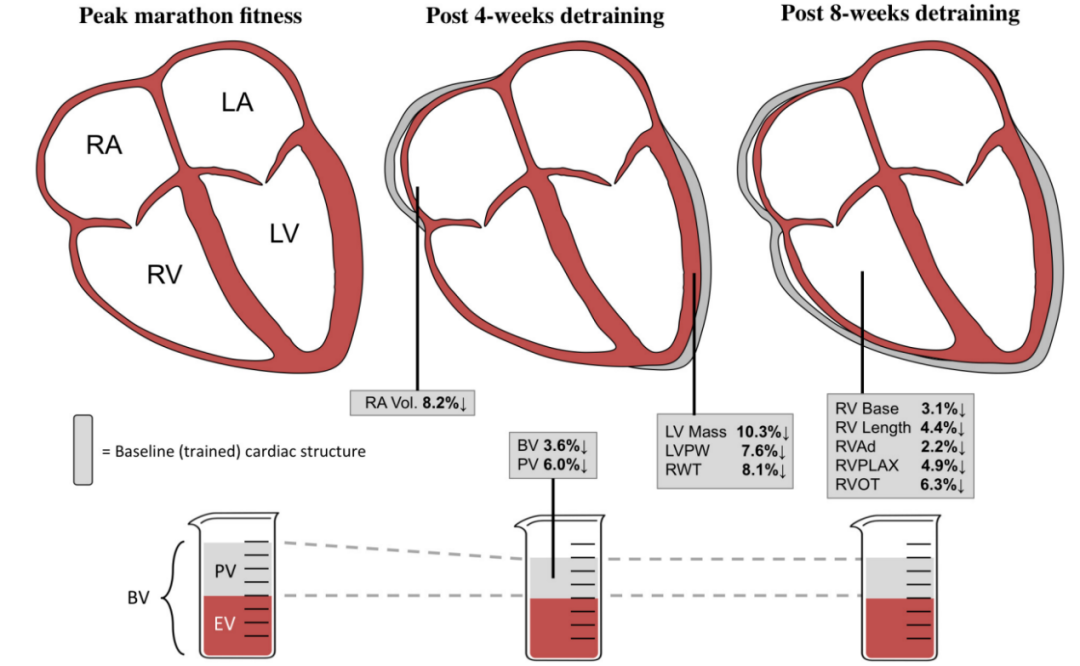
长期不运动会让心脏形态发生改变
图片来源:文献 20
由于心脏形态上的变化以及通气效率的下降,无论是职业运动员还是把运动当爱好的普通人,都会在长时间不运动后耐力下降。
太久不运动,还会降低身体对血糖的调控能力。
在一项研究中,20 名青年和中年男性在连续 60 天的时间里终日「平躺」。虽然他们减少了热量摄入(毕竟也不需要怎么耗能),但身体控制血糖的能力还是明显下降。数据显示,他们处理血糖的能力因卧床不动下降了近四分之一。
饭后的你,昏昏欲睡。
运动?明天再开始吧……

图片来源:giphy.com
其实,长期不运动究竟会怎么样,早已有大量的「前车之鉴」。常被人说起的「中年发福」,其根本原因也正是「懒得动」。
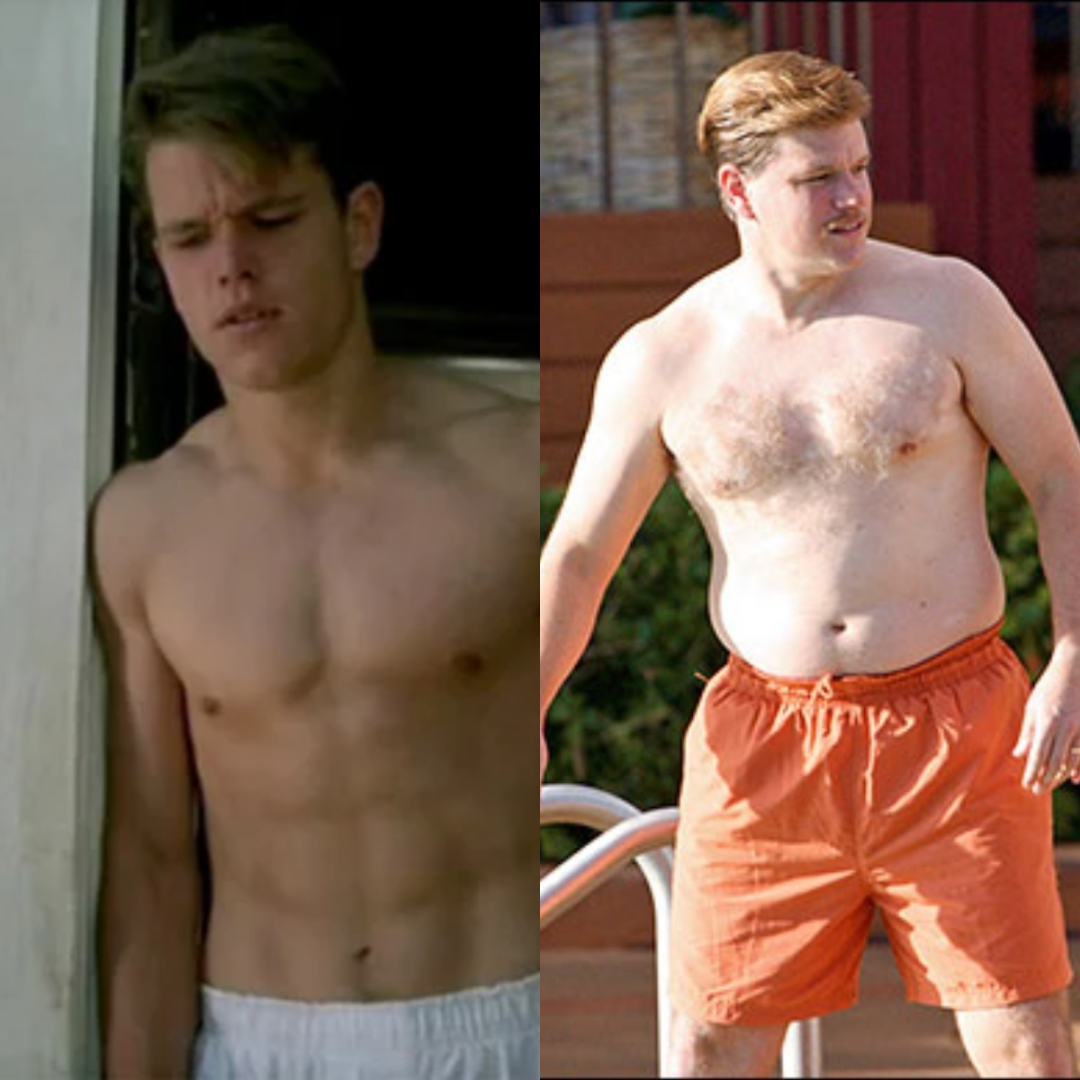
马特·达蒙发福前后
图片来源:网络

中年发福,范·迪塞尔都逃不过
图片来源:网络
既然停止运动后,身体会不断给我们亮红灯,那要不干脆一开始就不要运动?
可千万别这么想.......运动,即使时间很短,即便起步很晚,对身体也是有好处的。
比如,世卫组织建议成年人每周应该进行 150~300 分钟中等强度的有氧运动,但根据最新综述,即使只完成一半,也能有效降低心血管疾病和癌症的风险,更可将过早去世的风险降低 1/10。
偶尔想休息一下,是人之常情。但如果一直不运动,就会.......我劝你还是不要有这样的念头。

图片来源:网络
除了「认清生活的真相之后,仍然热爱生活」之外,世上还有一种英雄主义,就是「认清了自己肯定没法一直坚持运动的本质」之后,依然一次又一次地企图坚持下去。
本文审核专家 翁凯旋 国家卫健委认证康复医学治疗师 北京体育大学运动医学博士
策划制作
作者:34
策划:塔盖 | 监制:Feidi
封面图来源:站酷海洛
参考文献:
[1] Ivy, J. L. (2004). Regulation of muscle glycogen repletion, muscle protein synthesis and repair following exercise. Journal of sports science & medicine, 3(3), 131.
[2] Hood, D. A. (2001). Invited review: contractile activity-induced mitochondrial biogenesis in skeletal muscle. Journal of applied physiology, 90(3), 1137-1157.
[3] Thompson, P. D., Cullinane, E. M., Eshleman, R., Sady, S. P., & Herbert, P. N. (1984). The effects of caloric restriction or exercise cessation on the serum lipid and lipoprotein concentrations of endurance athletes. Metabolism, 33(10), 943-950.
[4] Silverman, M. G., Ference, B. A., Im, K., Wiviott, S. D., Giugliano, R. P., Grundy, S. M., ... & Sabatine, M. S. (2016). Association between lowering LDL-C and cardiovascular risk reduction among different therapeutic interventions: a systematic review and meta-analysis. Jama, 316(12), 1289-1297.
[5] Mujika, I., & Padilla, S. (2000). Detraining: loss of training-induced physiological and performance adaptations. Part I: short term insufficient training stimulus. Sports medicine, 30, 79-87.
[6] Gavanda, S., Geisler, S., Quitmann, O. J., Bauhaus, H., & Schiffer, T. (2020). Three weeks of detraining does not decrease muscle thickness, strength or sport performance in adolescent athletes. International Journal of Exercise Science, 13(6), 633.
[7] Gifford, J. R., Garten, R. S., Nelson, A. D., Trinity, J. D., Layec, G., Witman, M. A., ... & Richardson, R. S. (2016). Symmorphosis and skeletal muscle: in vivo and in vitro measures reveal differing constraints in the exercise‐trained and untrained human. The Journal of physiology, 594(6), 1741-1751.
[8] Coyle, E. F., Martin 3rd, W. H., Sinacore, D. R., Joyner, M. J., Hagberg, J. M., & Holloszy, J. O. (1984). Time course of loss of adaptations after stopping prolonged intense endurance training. Journal of Applied Physiology, 57(6), 1857-1864.
[9] Exercise Physiology Core Laboratory. (n.d.). VO2 Max Testing. Retrieved March 5, 2023, from https://med.virginia.edu/exercise-physiology-core-laboratory/fitness-assessment-for-community-members/vo2-max-testing/
[10] Cox, S.E., (2013). Energy Metabolism. In Benjamin, C. (Ed.), Encyclopedia of Human Nutrition., 3rd ed (pp. 177-185). Academic Press.
[11] Mujika, I., & Padilla, S. A. B. I. N. O. (2001). Muscular characteristics of detraining in humans. Medicine and science in sports and exercise, 33(8), 1297-1303.
[12] Weinstein, A. A., Koehmstedt, C., & Kop, W. J. (2017). Mental health consequences of exercise withdrawal: A systematic review. General hospital psychiatry, 49, 11-18.
[13] Stutz, J., Eiholzer, R., & Spengler, C. M. (2019). Effects of evening exercise on sleep in healthy participants: a systematic review and meta-analysis. Sports Medicine, 49(2), 269-287.
[14] Baekeland, F. (1970). Exercise deprivation: Sleep and psychological reactions. Archives of General Psychiatry, 22(4), 365-369.
[15] Burtscher, J., Strasser, B., Burtscher, M., & Millet, G. P. (2022). The Impact of Training on the Loss of Cardiorespiratory Fitness in Aging Masters Endurance Athletes. International Journal of Environmental Research and Public Health, 19(17), 11050.
[16] Siva, M., & Jesudass, E. S. (2015). Correlations of biomechanical characteristics with ball speed in penalty corner push-in influence of speed, agility and quickness training on selected kills among hockey men players. International journal of recent research and applied studies, 2(5).
[17] Sousa, A. C., Neiva, H. P., Izquierdo, M., Cadore, E. L., Alves, A. R., & Marinho, D. A. (2019). Concurrent training and detraining: brief review on the effect of exercise intensities. International journal of sports medicine, 40(12), 747-755.
[18] Staron, R. S., Leonardi, M. J., Karapondo, D. L., Malicky, E. S., Falkel, J. E., Hagerman, F. C., & Hikida, R. S. (1991). Strength and skeletal muscle adaptations in heavy-resistance-trained women after detraining and retraining. Journal of applied physiology, 70(2), 631-640.
[19] Taaffe, D. R., & Marcus, R. (1997). Dynamic muscle strength alterations to detraining and retraining in elderly men. Clinical Physiology, 17(3), 311-324.
[20] Pedlar, C. R., Brown, M. G., Shave, R. E., Otto, J. M., Drane, A., Michaud-Finch, J., ... & Baggish, A. L. (2018). Cardiovascular response to prescribed detraining among recreational athletes. Journal of Applied Physiology, 124(4), 813-820.
[21] Mujika, I., & Padilla, S. (2000). Detraining: loss of training-induced physiological and performance adaptations. Part II: long term insufficient training stimulus. Sports Medicine, 30, 145-154.
[22] Trim, W. V., Walhin, J. P., Koumanov, F., Turner, J. E., Shur, N. F., Simpson, E. J., ... & Thompson, D. (2023). The impact of physical inactivity on glucose homeostasis when diet is adjusted to maintain energy balance in healthy, young males. Clinical Nutrition.
[23] Pontzer, H., Yamada, Y., Sagayama, H., Ainslie, P. N., Andersen, L. F., Anderson, L. J., ... & IAEA DLW Database Consortium §. (2021). Daily energy expenditure through the human life course. Science, 373(6556), 808-812.
[24] Booth, F. W., Roberts, C. K., & Laye, M. J. (2012). Lack of exercise is a major cause of chronic diseases. Comprehensive physiology, 2(2), 1143.
[25] Silva, L. R. B., Seguro, C. S., de Oliveira, C. G. A., Santos, P. O. S., de Oliveira, J. C. M., de Souza Filho, L. F. M., ... & Rebelo, A. C. S. (2020). Physical inactivity is associated with increased levels of anxiety, depression, and stress in Brazilians during the COVID-19 pandemic: a cross-sectional study. Frontiers in Psychiatry, 11, 565291.
[26] Stamatakis, E., Ahmadi, M. N., Gill, J. M., Thøgersen-Ntoumani, C., Gibala, M. J., Doherty, A., & Hamer, M. (2022). Association of wearable device-measured vigorous intermittent lifestyle physical activity with mortality. Nature Medicine, 1-9.
[27] Hamer, M., Lavoie, K. L., & Bacon, S. L. (2014). Taking up physical activity in later life and healthy ageing: the English longitudinal study of ageing. British journal of sports medicine, 48(3), 239-243.
[28] World Health Organization. (2020). WHO guidelines on physical activity and sedentary behaviour: web annex: evidence profiles.
[29] Garcia, L., Pearce, M., Abbas, A., Mok, A., Strain, T., Ali, S., ... & Brage, S. (2023). Non-occupational physical activity and risk of cardiovascular disease, cancer and mortality outcomes: a dose–response meta-analysis of large prospective studies. British Journal of Sports Medicine.
相关文章
